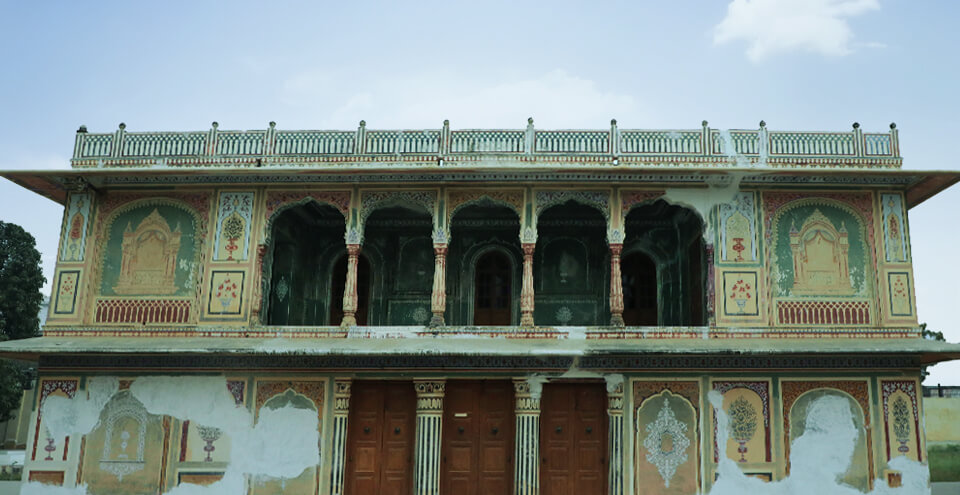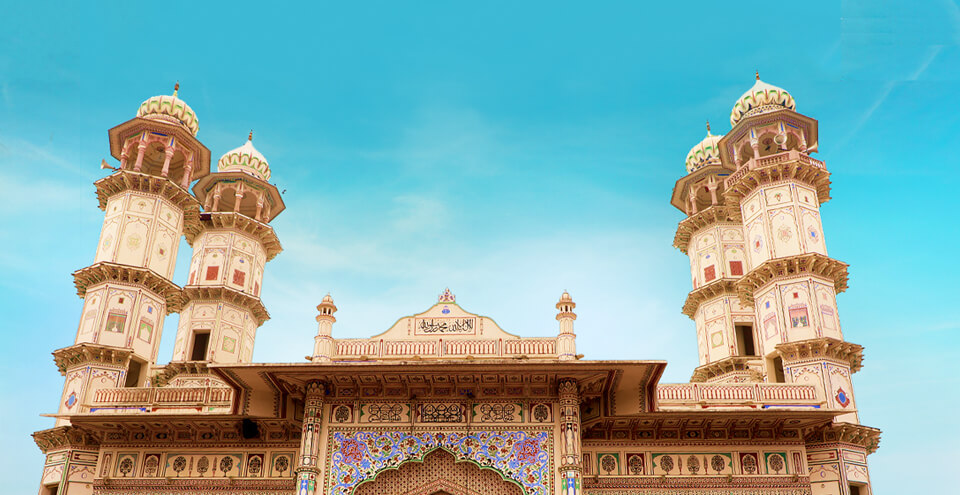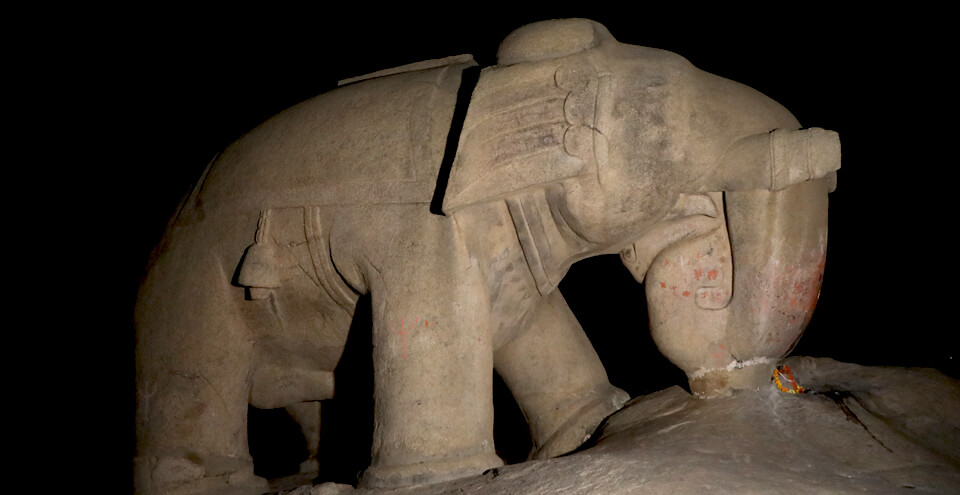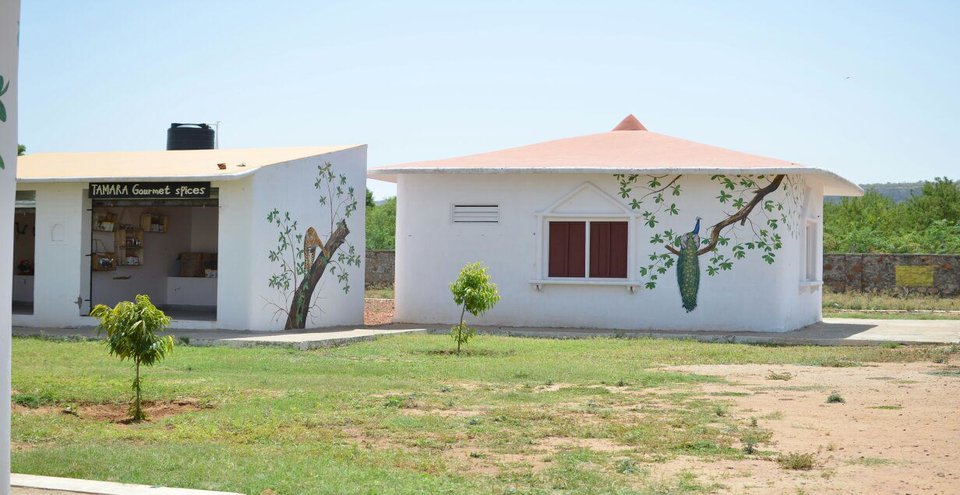Gateway To Ranthambore
SAWAI MADHOPUR TOUR
Cuddled up in the eastern zone of Rajasthan, Sawai Madhopur is one of the prominent conurbations of Rajasthan. Popularly known as the 'Gateway to Ranthambore', the town has seen many historic episodes and reigns. Sawai Madhopur has partly plain and partly undulating hilly terrain. The South and south east part of the district has hills and broken ground which form a part of a vast track of rugged region enclosing the narrow valley of the Chambal river. Surrounded by Vindhyas & Aravalis, this place is a treat for adventure enthusiasts as well as the ones with a fascination for history, with the Ranthambore National park- the most renowned national park in northern India and the Ranthambore Fort which was recently included in the list of UNESCO’s World Heritage sites, being the main attractions.
Passed on from the Chauhan Rajput king, Govinda to Vagabhatta, from RanaKumbha to Akbar and Aurangzeb, the city has been patronized by almost all the rulers. Beautification and renovation of the city has been regularly undertaken in almost all the regimes. Under the rule of Rao Hammir, the last Chauhan ruler the Ranthambore region prospered magnificently. In ancient India the region was more popularly known as Ranthambore. It was much later that it received the name, Sawai Madhopurfrom Maharaja SawaiMadhoSinghji I who is believed to have given the city its current plan in 1765 AD. During the British Rule Sawai Man Singh built a railway line between Jaipur and Sawai Madhopur. As a result it became accessible from a central spot in the state of Rajasthan. Today it has grown as one of the popular tourist destination in India.
Visit And Explore

RANTHAMBORE FORT
The noteworthy Ranthambore Fort was built by the Chauhan rulers in the 10th century. Due to its strategic location, it was ideal to keep the enemy at bay. The fort is also related to the historical legend of the royal women performing ‘jauhar’(self-immolation).

GHUSHMESHWAR TEMPLE
Enshrined in the Puranas, the Ghushmeshwar Temple is believed to be 12th or the last of the Jyotirlingas of Lord Shiva. Situated at the Siwar village in Sawai Madhopur, this temple has
many mythological stories weaved around it.

SUNHERI KOTHI
Constructed in 1824 by Nawab Ameer Khan, the Sunheri Kothiwas later renovated by Nawaab Ibrahim Ali Khan. The exterior of the Mansion of Gold completely belies the grandeur within.In-lay work with mirrors, gilded stucco, coloured glass.

JAMA MASJID
Situated just outside Udaipur, this 19th-century palace is built on top of Bansdara hills. Used as a monsoon palace and hunting lodge, its builder, Maharana Sajjan Singh, originally planned to make it an astronomical center.spectacular views of the city and the areas around.

HATHI BHATA
Situated just 10kms from Kakod on the route to Sawai Madhopur is Hathi Bhata,carved out as a single stone in the shape of a huge life size stone elephant. To top it up, inscription on the rock tells us the story of Raja Nal and Damyanti. during the reign of Sawai Ram Singh

RANTHAMBORE
Situated 14 km from Sawai Madhopur, the Ranthambore Park gets its name from the Ranthambore Fort situated within its boundaries. The National Park, situated amidst the Aravalis and Vindhya ranges is spreads over an area of thick forest punctuated with pleasant waterfalls.

SHILPGRAM - SAWAI MADHOPUR
Located near the Ramsinghpura village, about 9 km from Sawai Madhopur is the Shilpgram Museum. Though we name it as a museum, it is more of a craft village that encompasses and showcases the tremendous diversity in arts, crafts, and cultures of the various Indian states.
